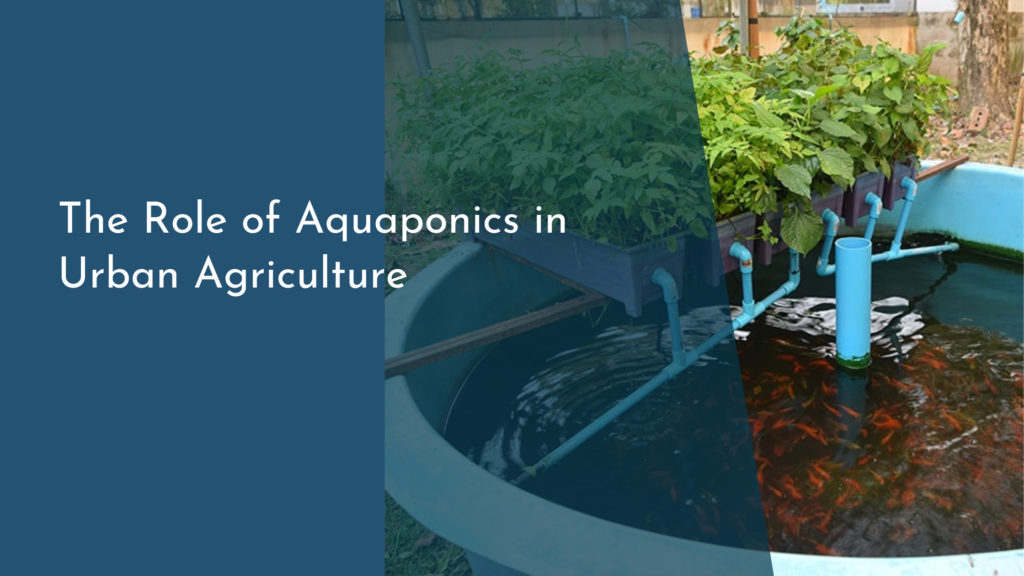Incorporating Rainwater Harvesting in LEED-Certified Buildings
As the world increasingly prioritizes sustainable practices, the integration of innovative environmental solutions into building design has gained momentum. One such solution, rainwater harvesting, not only conserves one of our most precious resources but also enhances the sustainability credentials of buildings. In the realm of green architecture, Leadership in Energy and Environmental Design (LEED) certification has become a benchmark for building excellence. This article explores the significance of rainwater harvesting in LEED-certified buildings, providing insights into its benefits, design possibilities, and real-life success stories.
Embracing Sustainability: Rainwater Harvesting Basics
Rainwater harvesting is a sustainable practice that involves collecting and storing rainwater for various uses. This method not only reduces dependency on municipal water sources but also mitigates stormwater runoff, which can overwhelm drainage systems and contribute to water pollution. By utilizing natural rainfall, buildings can drastically lower their water consumption while promoting a more efficient use of available resources.
Implementing rainwater harvesting systems can be as simple as installing barrels to collect runoff from gutters or as complex as designing an integrated system that filters, stores, and distributes rainwater for irrigation, flushing toilets, or even potable uses. Regardless of the scale, this practice fosters a mindset of sustainability and encourages communities to think critically about water management and conservation.
How Rainwater Systems Boost LEED Certification Points
Incorporating rainwater harvesting systems can significantly contribute to achieving LEED certification points, particularly in the water efficiency category. The LEED rating system rewards projects that reduce potable water usage and stormwater management, recognizing the importance of sustainable water practices. By effectively managing and utilizing rainwater, buildings can earn crucial points, enhancing their overall sustainability profile.
Moreover, rainwater harvesting systems can provide an avenue for innovation within the LEED framework. Projects that integrate advanced filtration, storage, and distribution methods not only demonstrate a commitment to environmental stewardship but also showcase effective and replicable solutions. This commitment can translate into higher LEED ratings, ultimately fostering a more sustainable built environment.
Creative Designs for Rainwater Harvesting Solutions
Innovative design is at the heart of effective rainwater harvesting systems. Architects and engineers are increasingly exploring creative ways to integrate these systems into their buildings, making them both functional and aesthetically pleasing. For instance, green roofs can be designed to capture and filter rainwater, while also providing insulation and promoting biodiversity. These multi-functional spaces highlight the beauty of sustainability.
Another creative approach is the use of permeable pavements and rain gardens, which allow rainwater to infiltrate the ground, reducing runoff and recharging groundwater. Additionally, decorative cisterns can be integrated into landscapes or building facades, serving as visually appealing storage solutions that encourage community engagement and awareness about water conservation.
Real-Life Success Stories of LEED Buildings and Rainwater
Numerous LEED-certified buildings around the world have successfully integrated rainwater harvesting systems, showcasing the tangible benefits of this sustainable practice. The Bullitt Center in Seattle, often dubbed the "greenest commercial building in the world," features an advanced rainwater harvesting system that collects and treats rainwater for use throughout the building. This innovative approach not only saves water but also serves as an educational tool, demonstrating the potential of rainwater utilization to visitors and the surrounding community.
Another exemplary project is the Edible Schoolyard at Martin Luther King, Jr. Middle School in Berkeley, California. This LEED-certified space incorporates rainwater harvesting systems that support its garden and educational programs. By using harvested rainwater for irrigation, the school reduces its water footprint while teaching students about sustainable practices and the importance of resource conservation in their own lives.
Incorporating rainwater harvesting into LEED-certified buildings is a powerful step toward achieving a more sustainable future. These systems not only help in conserving water but also enhance the ecological integrity of our built environments. As more architects, builders, and communities embrace these solutions, we can look forward to a greener, healthier planet. By sharing success stories and fostering innovative designs, we can inspire a collective movement towards sustainability in construction, ensuring that future generations inherit a world where water is cherished and protected.

